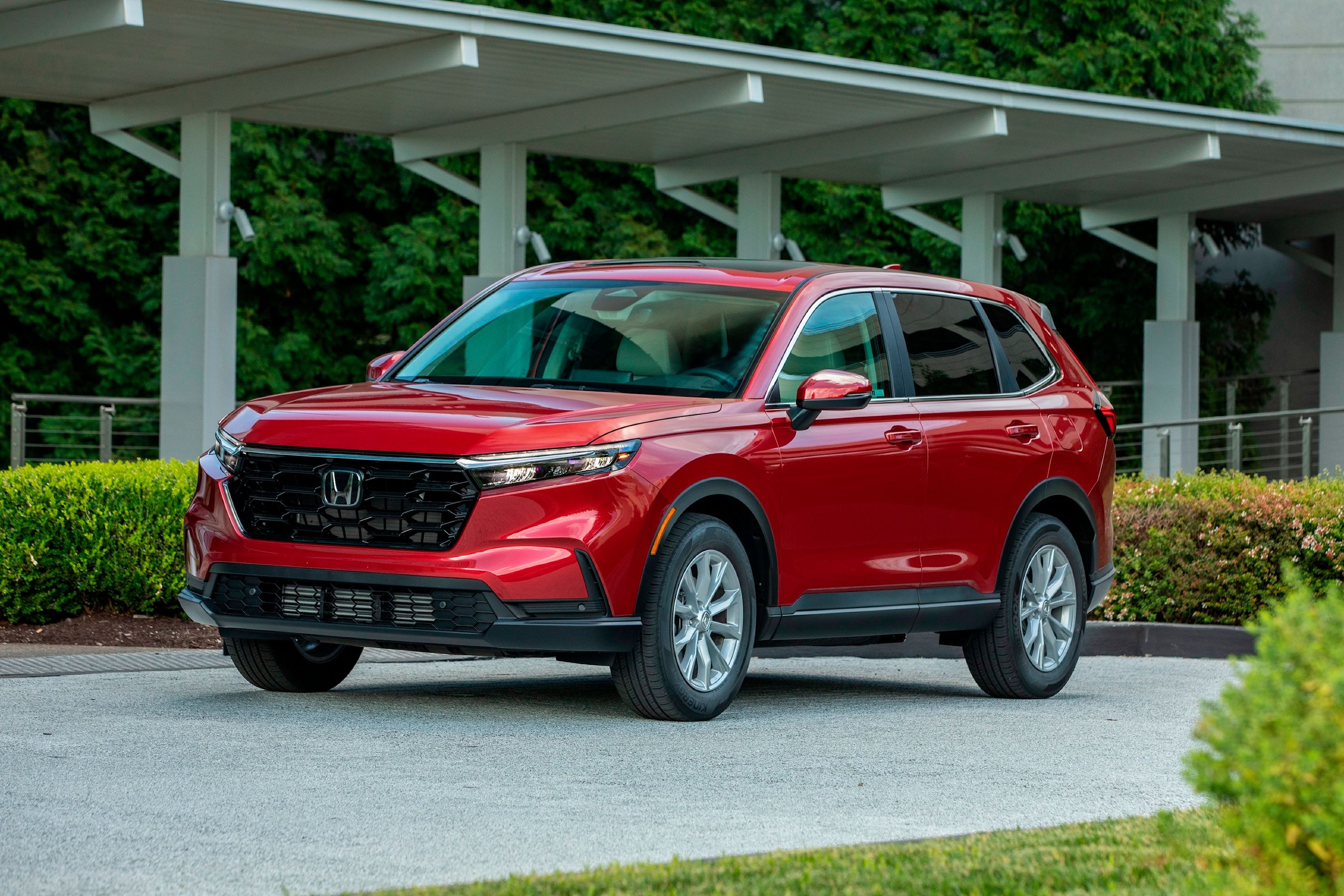
When it comes to compact crossover SUVs, few do it better than the Honda CR-V. This family-friendly has been around since 1997, is much loved in the North American market, and basically started the new wave of crossover SUVs along with Toyota's RAV4. Most see the CR-V as a safe bet; it's a practical and reliable car that will get the job done, without raising the heartbeat very much. So it's perfect for old-timers then, but what if there was a CR-V aimed at the young and carefree? In 1998 Honda made an attempt at this by revealing a one-off convertible version of the car that looked slightly better than a drop-top Chrysler PT Cruiser, but not by much.
This idea came at a time when Toyota was selling the RAV4 as a two-door convertible, so it didn't seem too strange. Honda decided to build a single version, based on the four-door gen-one car for the 1998 Geneva Motor Show with the help of engineering company Valmet. Valmet was the perfect partner in this crime of passion, as it had extensive experience in building convertible top systems for brands such as the now-defunct Saab, and even did some work on the Porsche Boxster. The end result was a highly technical system that, at the flick of a button, would see the front of the roof fold to the rear, and eventually come to rest behind the back seats.
The best part of this design is that one could zip open the upper window, allowing for access to the CR-V's generous trunk. Valmet added a roll bar to protect those in the rear and even designed a fancy-looking spare wheel cover. Despite all the hard work put in by Valmet, the look never stuck (thank goodness), and the idea of the convertible SUV died in the nineties. Honda raise some eyebrows in 2018 when it announced another CR-V drop-top as an April Fool's joke. Thankfully that car never materialized either. The same can't be said for the Range Rover Evoque Convertible which actually made series production.
